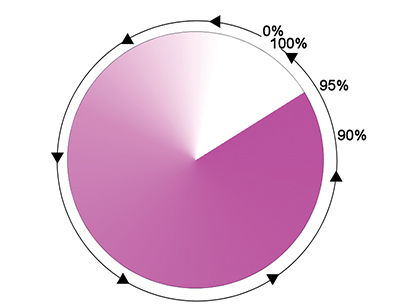PASS I ON
The Joys of Interconnectivity
The World of Color
We are fortunate that we live in a world filled with millions of different hues, shades and variations of color. Lighting engineers have provided us with the ability to adjust the wavelength of light coming from automated lighting fixtures so that we can create a multitude of colors on stage. Lighting programmers are always working with color, and the consoles we program on a daily basis continue to provide us with more and more abilities to adjust the color outputting from our lighting instruments. Early automated fixtures simply provided a fixed color wheel with twelve or so colors to choose from. Today, most fixtures include very sophisticated color mixing system as well as fixed and special effect color adjustments. It is up to the programmer to understand the color mixing processes that fixtures and consoles employ so that they can create the looks desired by the designer or production.
Smooth Moves
Automated lighting fixtures are extremely sophisticated, to the point that some people even refer to them as “intelligent.” While the fixtures are packed full of very smart features, they actually require a human with a bit of knowledge to operate them properly. This is very true when it comes to controlling the movement of pan/tilt or other features. Fixtures and consoles provide a multitude of methods to ensure that these movements are either perfectly smooth or extremely quick. A thorough understanding of the various options is imperative for any automated lighting programmer.
